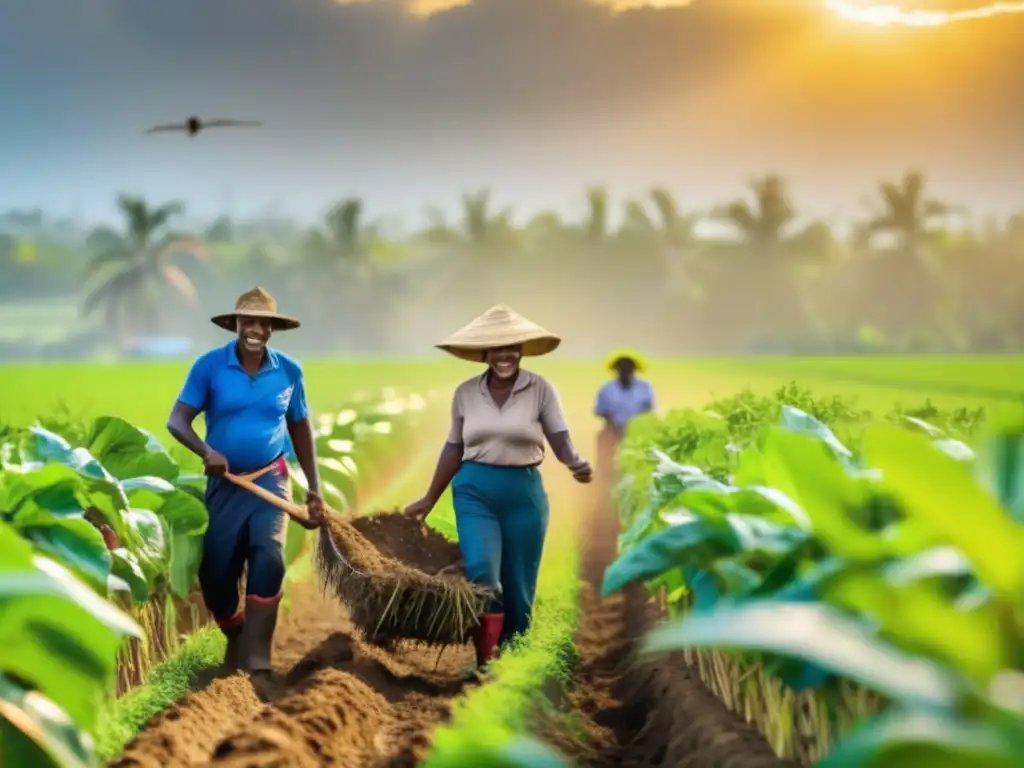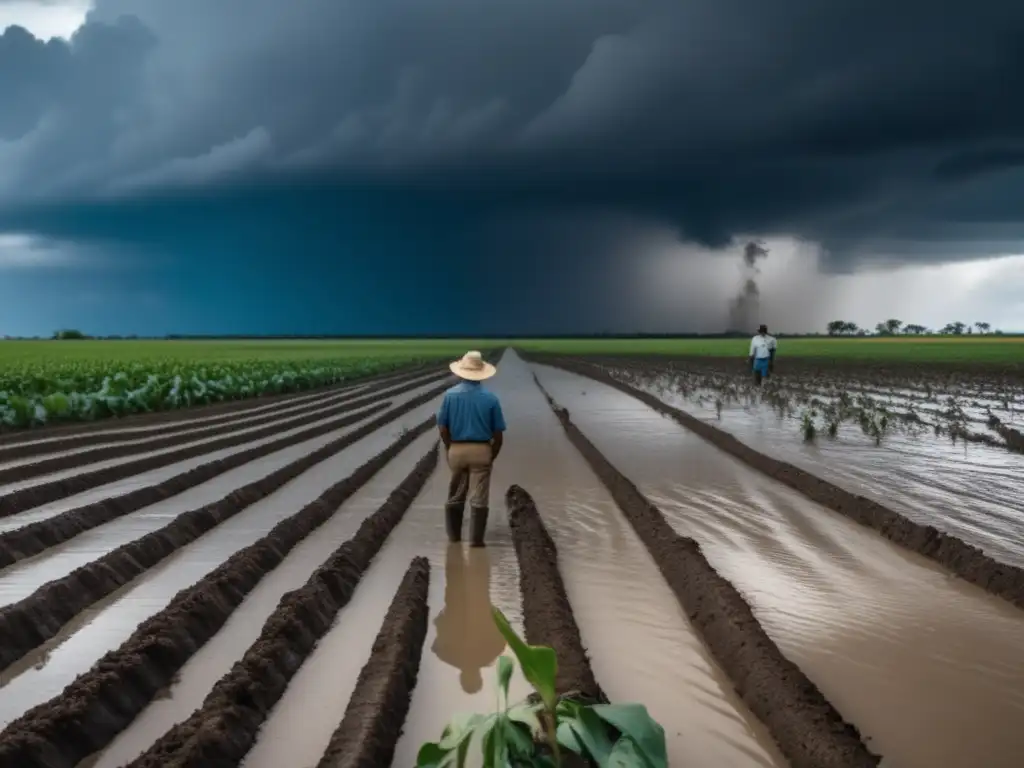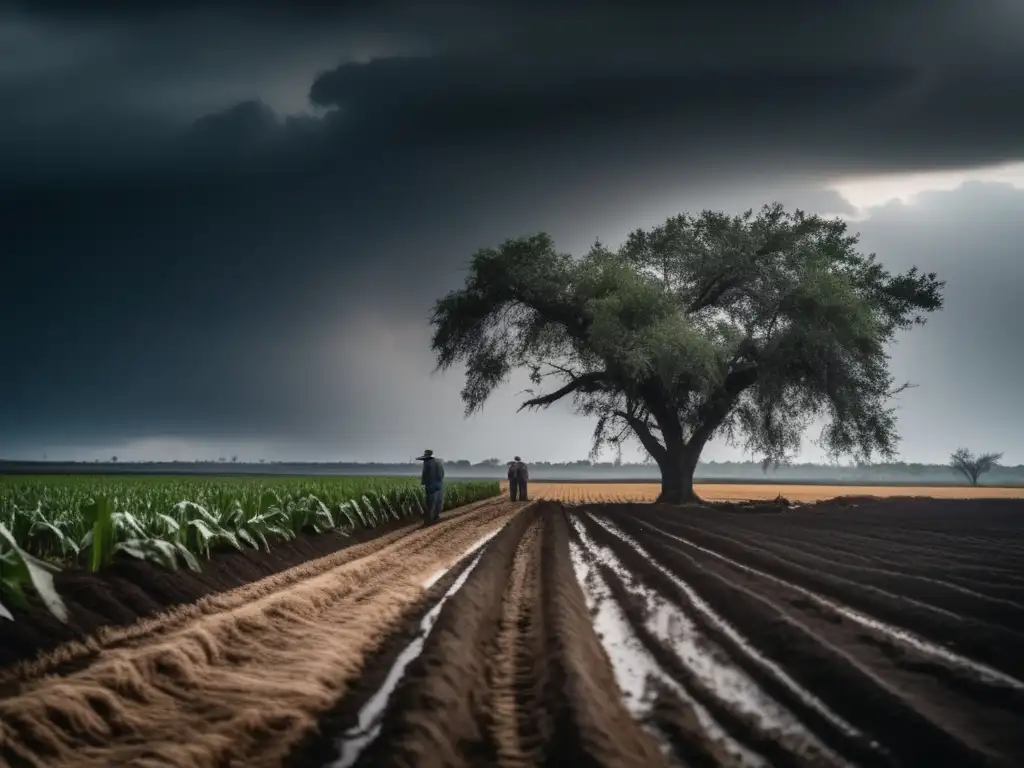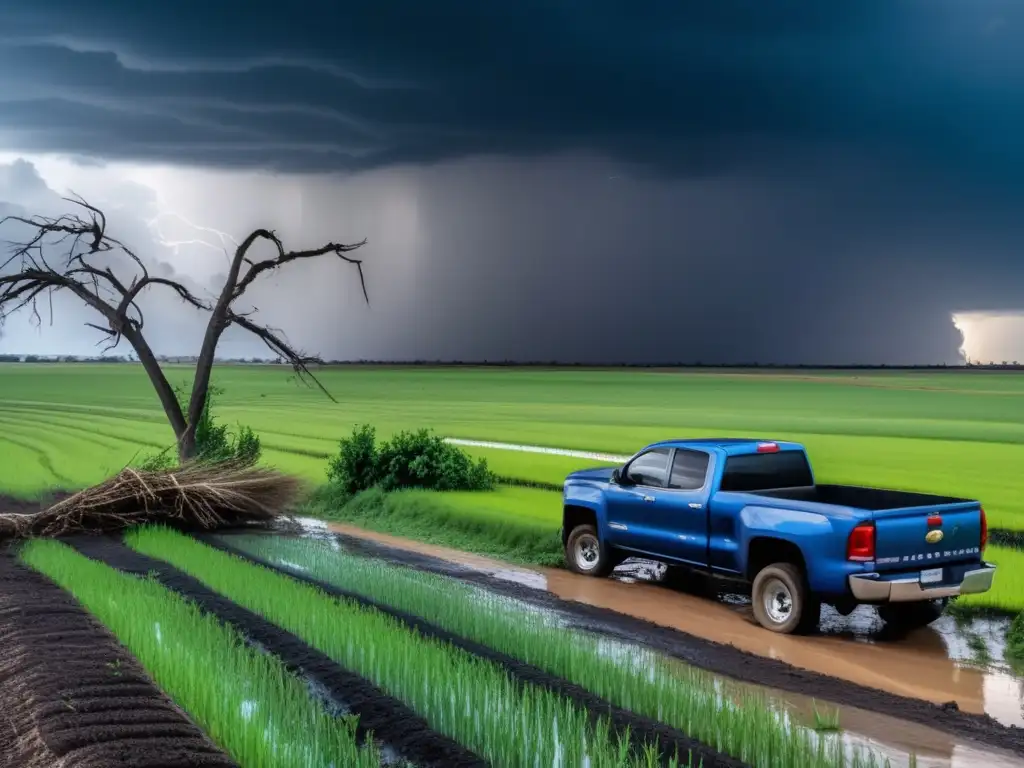Agriculture Recovery: Helping Farmers After A Hurricane

Agriculture Recovery: Helping Farmers After a Hurricane
Introduction
When a hurricane hits, it can have devastating effects on agriculture. Strong winds, heavy rains, and flooding can destroy crops, damage equipment and facilities, and kill livestock. Agriculture is an essential industry for many regions, and hurricanes can have long-lasting economic impacts on farmers and the surrounding communities. Therefore, prompt recovery efforts are necessary to help farmers overcome the damage caused by hurricanes.
Emergency Assistance

Federal Emergency Management Agency (FEMA)
FEMA provides emergency assistance to farmers affected by hurricanes. This aid may include financial assistance, low-interest loans, or technical assistance to repair or replace damaged equipment, buildings, and farmland. Farmers can apply for assistance through FEMA or the Farm Service Agency (FSA).
USDA Disaster Assistance Programs
The USDA offers disaster assistance programs designed to help farmers recover from natural disasters such as hurricanes. These programs include the Emergency Assistance for Livestock, Honey Bees, and Farm-raised Fish Program, the Livestock Indemnity Program, and the Noninsured Crop Disaster Assistance Program. Farmers will need to meet certain eligibility criteria to qualify for these programs.
State Department of Agriculture
Many state departments of agriculture provide assistance to farmers affected by hurricanes. They may offer guidance on disaster response, funding opportunities, and other types of support. Farmers should contact their respective state department of agriculture to inquire about available resources.
Crop Insurance

Federal Crop Insurance
Federal crop insurance is a risk management tool that helps farmers recover from damages caused by natural disasters such as hurricanes. Farmers can purchase crop insurance through the USDA's Risk Management Agency (RMA) to protect their crops and farm operations from financial losses due to natural disasters. It is important to note that policies and coverage may vary depending on the type of insurance purchased.
Private Crop Insurance
Private crop insurance is another option for farmers to protect themselves from financial losses due to hurricanes. Private insurance companies offer a variety of insurance products designed to mitigate risks associated with agriculture. Farmers should consult with their insurance agents to determine which options are best suited for their needs.
Rebuilding and Recovery

Clean-up and Restoration
Following a hurricane, farmers must assess the damage and prioritize clean-up efforts. This may involve removing debris, repairing equipment and structures, and restoring farmland. Depending on the severity of the damage, this process may take weeks or even months. Farmers should seek assistance from local community organizations, volunteer groups, and government agencies to aid in the restoration process.
Emotional Support
Recovering from natural disasters such as hurricanes can be a traumatic experience for farmers. Therefore, emotional support is just as important as physical recovery efforts. Counseling services and support groups are available to help farmers cope with the stress and anxiety associated with the aftermath of hurricanes.
Farm Sustainability
To ensure the long-term sustainability of their farms, farmers must adopt practices that are resilient to the impacts of natural disasters. This may include diversifying their crops, implementing conservation practices, and improving their soil health. Such measures can help farmers better prepare for future hurricanes and potentially reduce the likelihood of severe damage.
Frequently Asked Questions

-
What assistance is available for farmers affected by hurricanes?
FEMA, USDA Disaster Assistance Programs, and State Departments of Agriculture all offer various forms of aid for farmers affected by hurricanes.
-
What is federal crop insurance?
Federal crop insurance is a risk management tool that helps farmers recover from damages caused by natural disasters such as hurricanes.
-
How can farmers ensure the sustainability of their farms after a hurricane?
Farmers can improve their farm's sustainability by implementing practices that are resilient to the impacts of natural disasters, such as diversifying crops and improving soil health.
-
Are counseling services available for farmers affected by hurricanes?
Yes, counseling services and support groups are available to help farmers cope with stress and anxiety associated with the aftermath of hurricanes.
-
What should farmers do to prioritize clean-up and restoration efforts?
Farmers should assess the damage and seek assistance from local community organizations, volunteer groups, and government agencies to aid in the restoration process.
Conclusion
Hurricanes can have a profound impact on agriculture, causing significant damage to crops, equipment, and facilities. However, there are various resources and programs available to help farmers recover from hurricane-related losses. Whether it be emergency assistance, crop insurance, or rebuilding and recovery efforts, farmers must take advantage of all available options to achieve long-term sustainability. It is critical for farmers to implement practices that are resilient to the impacts of natural disasters to reduce the likelihood of severe damage.
Those living in hurricane-prone areas, as well as the general public, should be aware of the importance of agriculture recovery efforts and support them in any way possible. We encourage readers to share their thoughts and experiences in the comments section and engage positively with hurricaneinsider.org, whether by subscribing, sharing the article on social media, or other forms of participation. Thank you for your time and attention.
Additional Resources

- FEMA Hurricane Recovery Assistance
- USDA Disaster Assistance Programs
- 2019 U.S. Cotton Production
- USDA Risk Management Agency (RMA)
- USDA Emergency Preparedness and Response
 Planning For The Unexpected: What To Keep In A Post-Hurricane Go-Bag
Planning For The Unexpected: What To Keep In A Post-Hurricane Go-Bag Hazardous Waste Disposal After A Hurricane
Hazardous Waste Disposal After A Hurricane Preserving Historical Sites Damaged By Hurricanes
Preserving Historical Sites Damaged By HurricanesIf you want to discover more articles similar to Agriculture Recovery: Helping Farmers After A Hurricane, you can visit the Hurricane recovery: category.
Leave a Reply

Articulos relacionados: